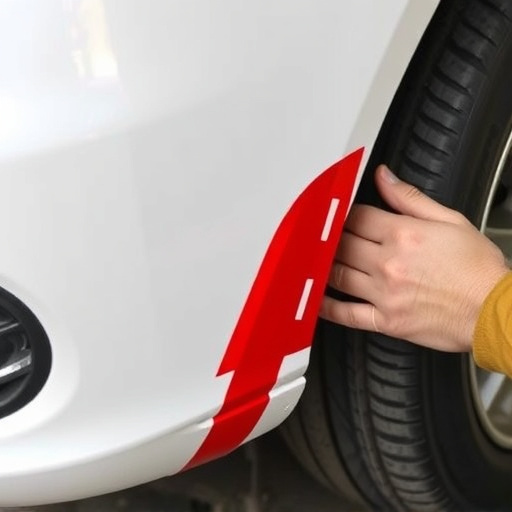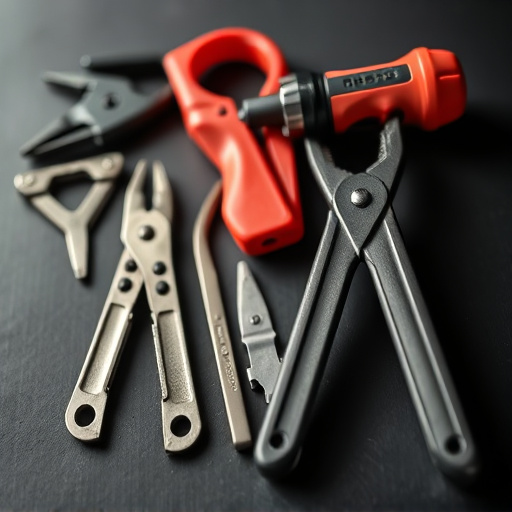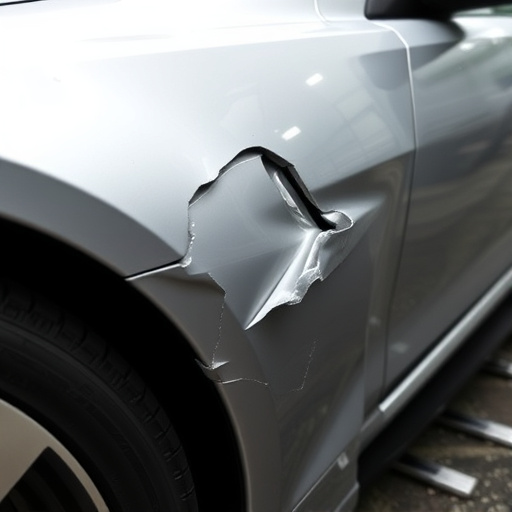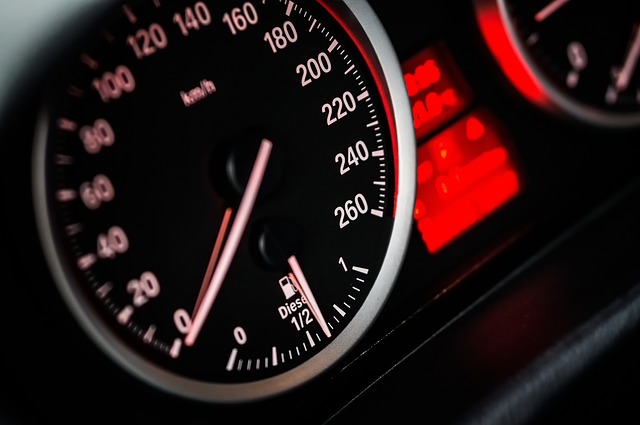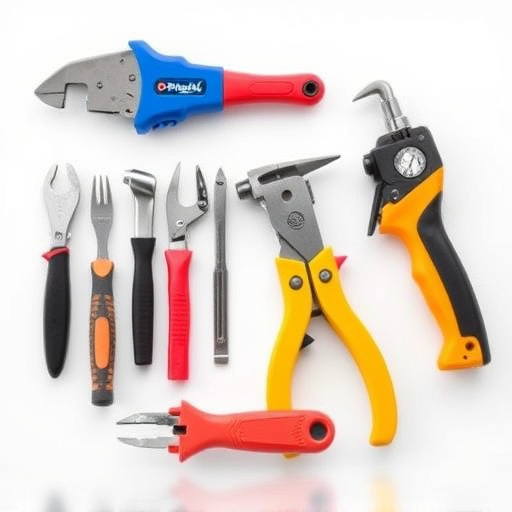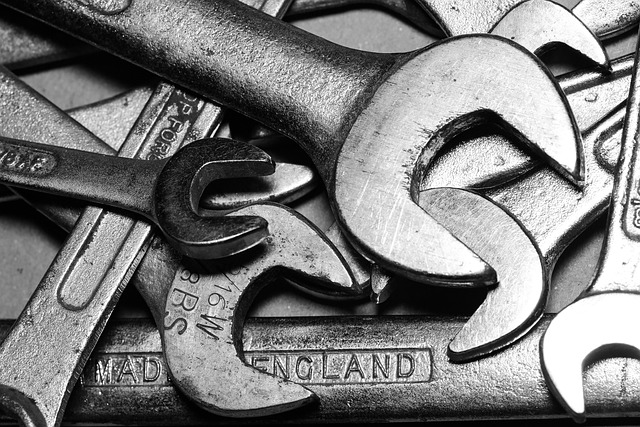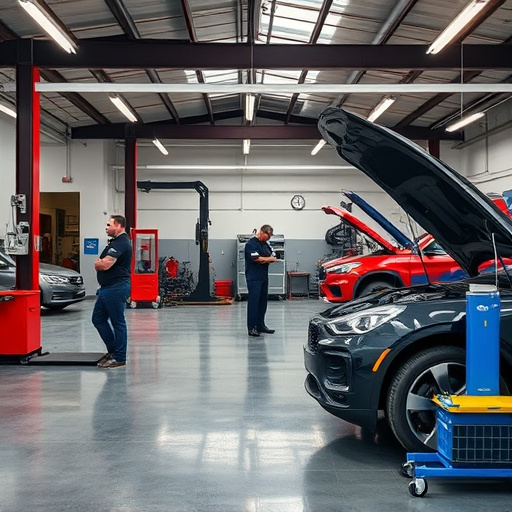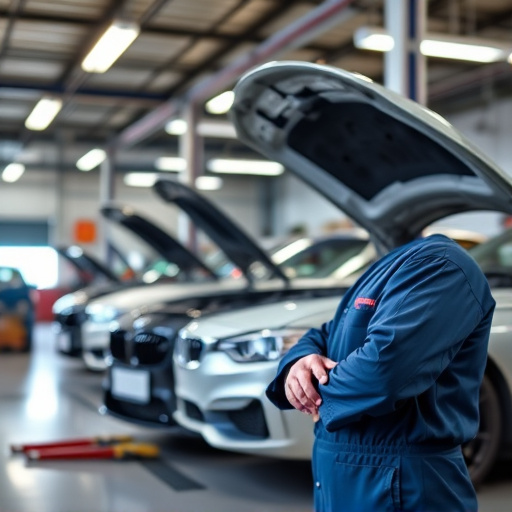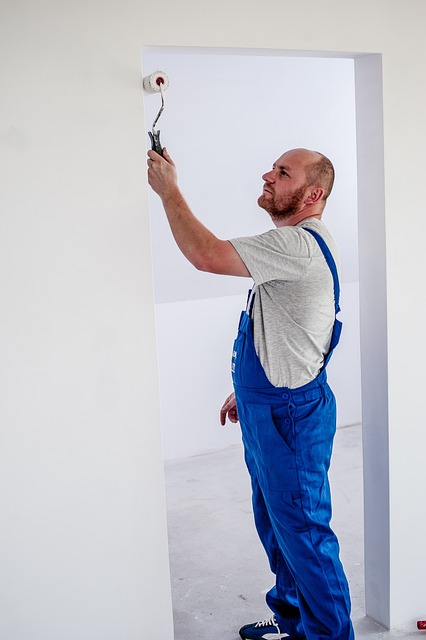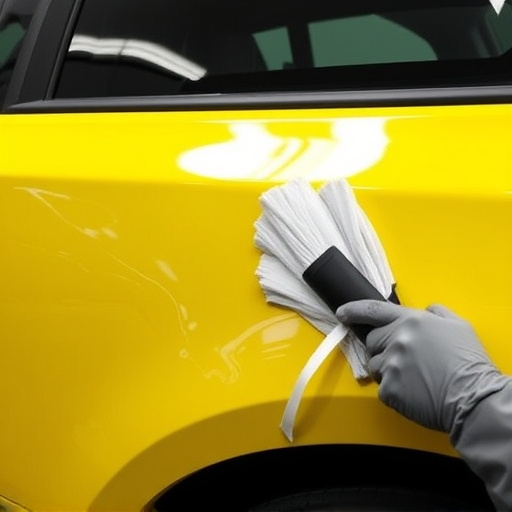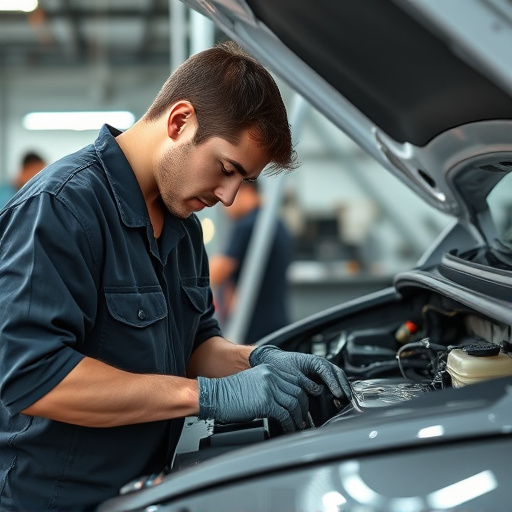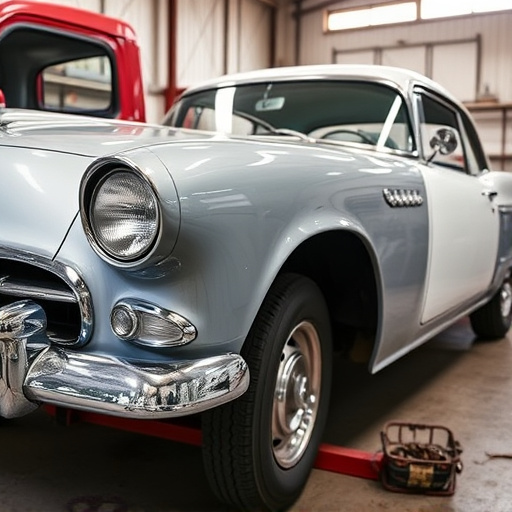Regularly inspecting and repairing pedestrian safety features like crosswalks, signals, and road markings, along with auto glass and tire services, prevents accidents and fosters a secure shopping environment. Shops prioritize these repairs through staff training on fault recognition and advanced technology for efficient, precise work, enhancing public safety in high-traffic areas.
Shops prioritize pedestrian safety through rigorous inspection protocols, staff training, and advanced technology. Regular assessments identify potential hazards in crosswalks, traffic signals, and guardrails, ensuring their optimal functioning. Trained personnel learn to recognize faulty components, promptly reporting issues for swift resolution. Leveraging cutting-edge tech, shops streamline repairs, enhancing overall safety and peace of mind for shoppers and locals alike. This comprehensive approach guarantees accurate pedestrian safety features repair, fostering secure community spaces.
- Regular Inspection Protocols for Pedestrian Safety Features
- Training Staff on Identifying Faulty Components
- Utilizing Advanced Technology for Efficient Repairs
Regular Inspection Protocols for Pedestrian Safety Features
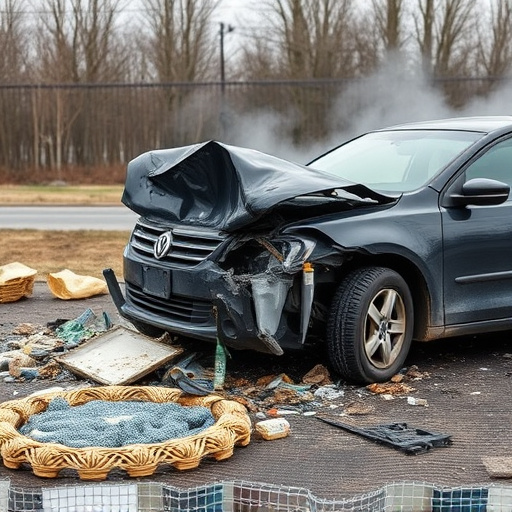
Shops implementing robust pedestrian safety features repair protocols are essential to maintaining a secure shopping environment. Regular inspections are paramount, focusing on critical elements such as crosswalks, traffic signals, and road markings. These checks ensure their functionality and visibility, especially during low-light conditions or adverse weather, thereby enhancing the overall safety of pedestrians.
Comprehensive assessments involve examining auto glass repair, tire services, and fender bender repairs to prevent accidents. For instance, clear and undamaged windows facilitate better visibility for both shoppers and drivers, reducing the risk of collisions. Regular maintenance of these features not only contributes to preventing minor incidents but also averts more severe pedestrian safety issues, fostering a harmonious shopping experience.
Training Staff on Identifying Faulty Components
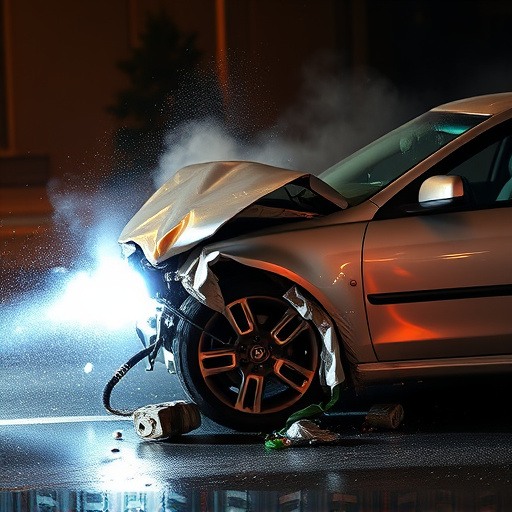
Shops dedicated to pedestrian safety features repair invest heavily in staff training as a cornerstone of their maintenance programs. This training equips employees with the knowledge and skills to identify even the subtlest faults within various components, from guardrails and crosswalks to signage and lighting fixtures. By fostering a culture of meticulous observation, staff are encouraged to spot potential hazards that might otherwise go unnoticed.
Regular training sessions cover everything from understanding material wear and tear to recognizing the telltale signs of damage or corrosion. This proactive approach not only ensures the timely repair of pedestrian safety features but also plays a pivotal role in preventing accidents before they occur, ultimately enhancing public safety in areas frequented by foot traffic.
Utilizing Advanced Technology for Efficient Repairs
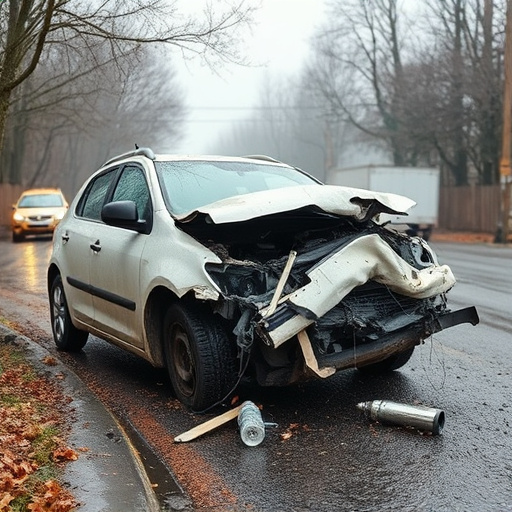
In today’s digital era, shops are leveraging advanced technology to streamline and enhance pedestrian safety features repair processes. This includes employing sophisticated diagnostic tools that swiftly identify issues within car bodywork, ensuring precise repairs tailored to specific vehicle models. By integrating cutting-edge software, technicians can access comprehensive databases, enabling them to match the exact specifications of luxury vehicle repair components for a seamless fit and superior performance.
Furthermore, advanced technology facilitates efficient auto glass repair, which is a critical aspect of pedestrian safety. Modern repair methods employ state-of-the-art equipment that accurately mends chips and cracks, restoring clarity and strength to windows. This not only enhances the overall aesthetic appeal but also reinforces structural integrity, contributing significantly to the safety of pedestrians and vehicle occupants alike.
Shops prioritizing accurate pedestrian safety features repair through comprehensive strategies. Regular inspections, staff training in fault identification, and advanced technology streamline repairs, ensuring a safe shopping environment. By adhering to these practices, businesses can effectively maintain critical pedestrian safety components, fostering a secure space for patrons and promoting peace of mind.
